Humanity began with a common genetic ancestor about 200,000 years ago, then spread across the Earth.
A combination of that migration and thousands of generations created diversity in our species. But some of that variation is also due to genetic mutation.
When we hear mutation, people think either of debilitating disorders or comic book superpowers.
While superheroes aren’t yet a reality, some human mutations may be beneficial and others cause no serious detriment.
Here are 14 common human mutations you might have or know someone who does.
1. Lactose tolerance
While many in the West take drinking milk for granted, most people around the world stop drinking milk when they reach adulthood as they lose the ability to digest it.
But around 10,000 years ago, as Europeans domesticated cows, a mutation in the MCM6 gene caused some people to keep producing the enzyme lactase, allowing them to drink milk.
Other farming communities that domesticated cattle, such as one in India, separately evolved the ability to digest milk, too.

2. Gluten-intolerance/Celiac disease
Farming and agriculture introduced humans to new proteins about 10,000 years ago. Gluten is a protein present in wheat, but this protein cannot be completely broken down into amino acids like other proteins.
Gluten is broken down to the peptides gliadin and glutenin. People with mutations of the HLA gene react to these peptides, giving rise to classic symptoms of gluten intolerance like diarrhea, stomach cramps, fatigue and abdominal bloating.
Celiac disease is a severe form of gluten intolerance found to affect 1% of the population. Non-celiac gluten sensitivity is a mild form of gluten intolerance.
In India, more than 10% of the population has gluten intolerance.

3. Color blindness
Around 0.5% of women and 8% of men have color blindness. This means they see colors in a different way than most people.
There are three common forms of color blindness: Deuteranomalia, Tritanopia and Protanopia.
Most color vision problems are inherited and present at birth.
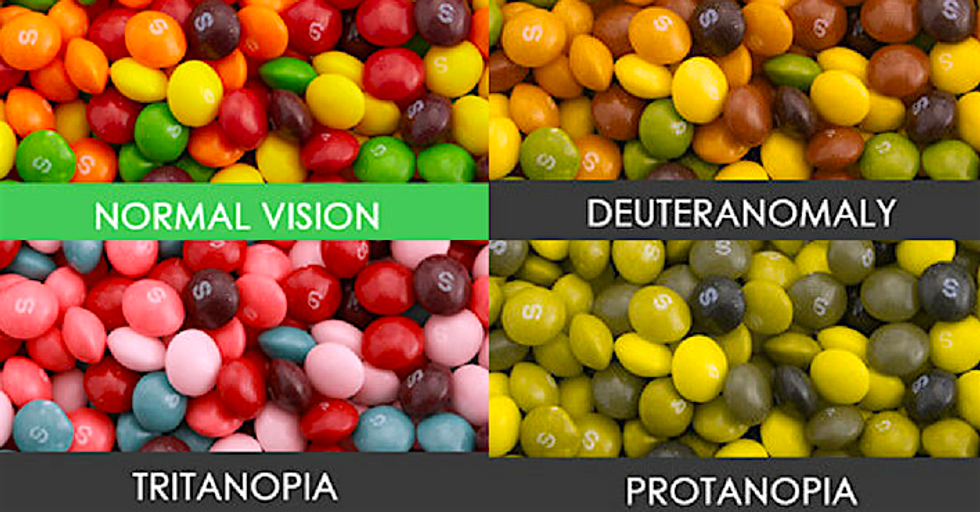
4. Baldness
Geneticists have yet to nail down the exact gene(s) that cause testosterone related baldness, but they do know it is the result of human mutation.

5. Heterochromia
Heterochromia can affect part of the eye or both eyes. Heterochromia iridum refers to eyes that have multiple colors in them.
There are three kinds: complete (each eye a different color), sectoral (a segment of contrasting color in the iris), and central (a different color radiating out from the pupil).

An extra row of eyelashes is known medically as distichiasis (pronounced dis-tic-key-i-asis).
Eye specialists refer to it as an "accessory row" of eyelashes.
This mutation enhanced famed beauty Elizabeth Taylor’s stunning blue-violet eyes.

7. Asian flush
Thirty-six percent of northeast Asians have a genetic mutation that causes their skin to flush deep red when they drink alcohol.
The response is not due to the alcohol itself, but rather a substance broken down in the liver.
The mutation in the gene that codes for the enzyme ALDH2, which prevents alcohol from being fully digested, means some of the toxic intermediate substances accumulate and cause an immune response.
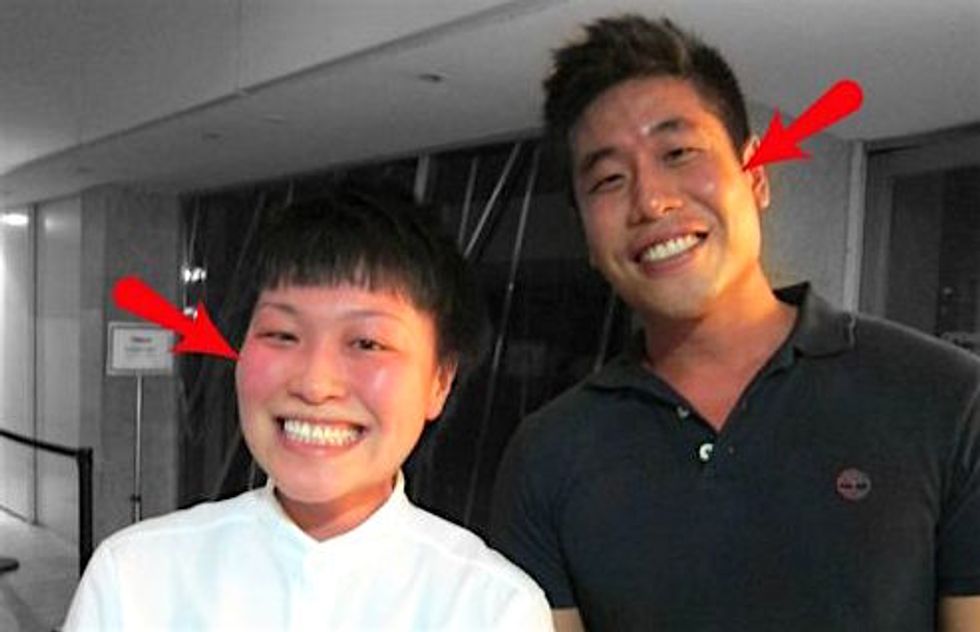
8. Freckles
Cells in the skin that make pigment, called melanocytes, when exposed to UV light produce melanin which makes skin darker to protect our DNA.
There are two main types of melanin—eumelanin and pheomelanin. Pheomelanin is less common and gives freckles their orangey tone.
The MC1R gene turns pheomelanin into eumelanin.
A single mutated MC1R gene means not all pheomelanin changes to eumelanin and the person gets freckles when exposed to UV light.
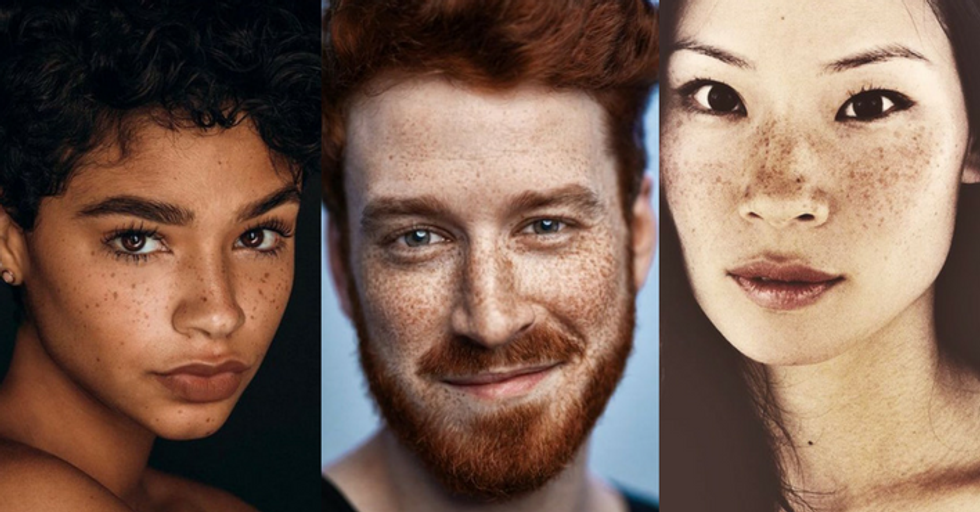
9. Cleft chin
Cleft chins are an inherited trait dependent on the dominant and recessive genes of both parents.
More common in European populations such as Germany, cleft chin rates there reach approximately 10 percent in men.

10. Blue eyes
Eight percent of the world has blue eyes, but every single human used to have brown eyes.
A mutation in the HERC2 gene acts as a switch that turns off the OCA2 gene, resulting in no brown pigment and blue eyes as a result.
The mutation likely occurred 6,000 to 10,000 years ago in Europe.

11. Red Hair
Remember the MC1R gene? Inheriting one mutated MC1R gene results in freckles.
Inheriting two MC1R genes causes red hair, making it rarer.

12. Missing wisdom/front teeth and shovel shaped teeth
Native Americans have several genetic differences in their teeth. One is shovel-shaped front teeth in the upper jaw.
Having only three lower front teeth is also common. There are several theories about why these mutations occurred, but diet is the primary one.
Another trait is a lack of wisdom teeth, also called a 3rd molar. This latter trait is shared with almost 40% of Asians.

13. Dimples
The muscles (zygomaticus major) in the face of a person with dimples are shorter than in normal human development. They pull on the skin when the person smiles, forming the indentation.
This is due to a mutation in the subcutaneous connective tissue during embryonic development.

14. EDAR variant
The EDAR variant refers to a number of human traits, including thicker hair shafts, mono or single eyelids, increased numbers of sweat glands, and distinctly shaped teeth.
93 percent of Han Chinese carry the variant, as do about 70 percent of people in Japan and Thailand, and 60 to 90 percent of Native Americans.




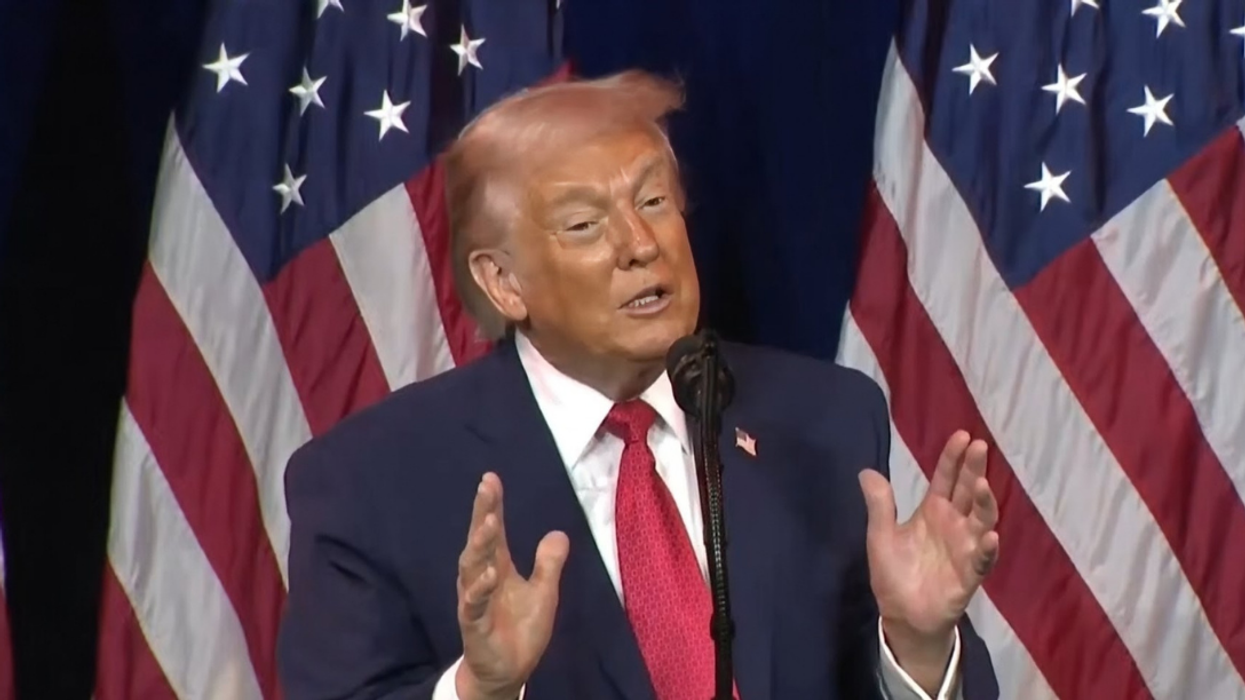
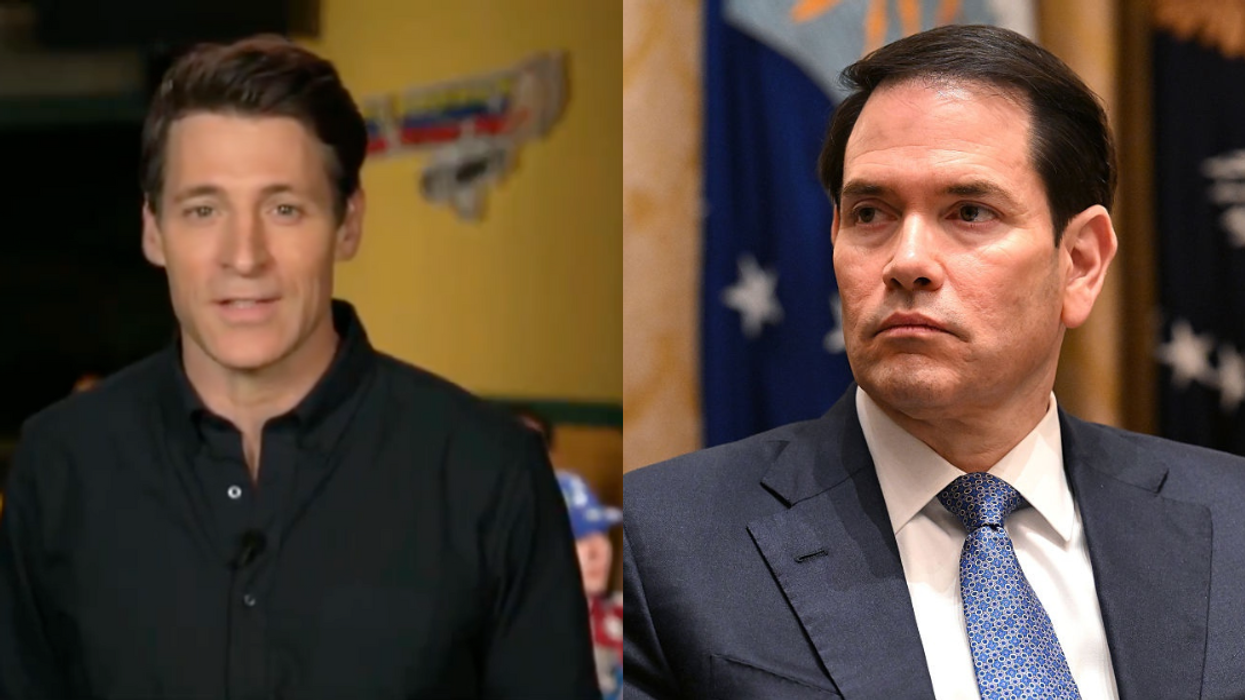











 @thetnholler/Bluesky
@thetnholler/Bluesky
 @wensilver/Bluesky
@wensilver/Bluesky